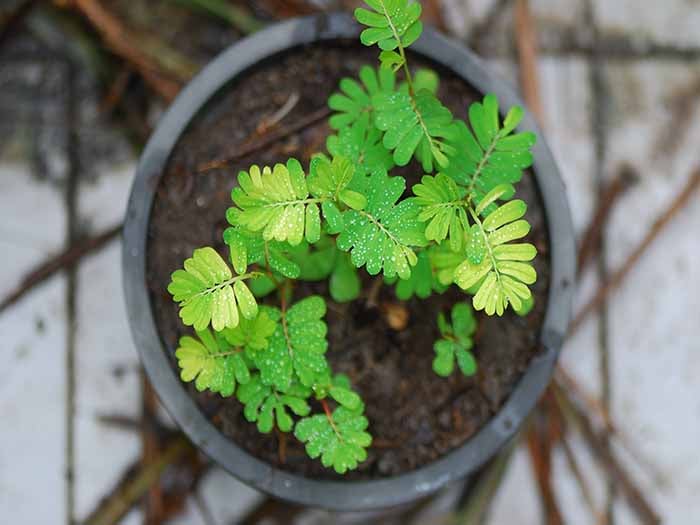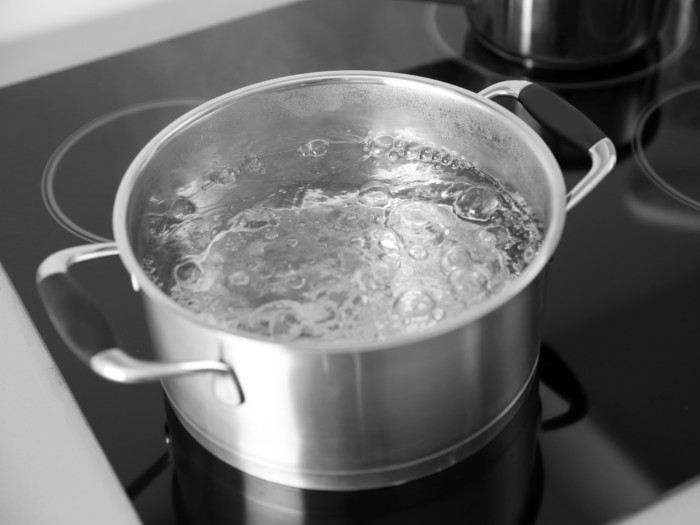Drinking chanca piedra tea brings a number of health benefits, particularly for the liver and kidneys, but knowing how to brew it properly is also important.
What is Chanca Piedra Tea?
Chanca piedra tea is an herbal tea brewed from the dried leaves of the chanca piedra plant, which bears the scientific name Phyllanthus niruri. The powerful detoxifying power of this plant is what makes it such a popular ingredient in natural health solutions, particularly in South America, as it is native to the Amazon region. While this tea is still not widely distributed around the world, its specific health effects have brought it into the spotlight for natural health practitioners in America, Europe, and Asia. It has also been a part of traditional Ayurvedic medical practices for generations. [1]

Chanca piedra herb extracts are used for kidney stones by many people. Photo Credit: Shutterstock
Chanca Piedra Tea for Kidney Stones
Perhaps the most well-known benefit of chanca piedra tea is the effect it can have on kidney stone formation. In fact, the English translation of this tea is “stone crusher”, hinting at its ability to break down those small, painful stones in the kidney before they can be passed naturally. Beyond that, however, this tea can also prevent the aggregation of crystals in the kidneys, making it harder for stones to form. The tea can even reduce the level of calcium in the kidneys, further preventing these stones from developing. Some studies have even found that drinking this tea can relax the ureter, so if the stones are too large and begin to pass, they won’t be quite as painful. [2] [3]
How to Make Chanca Piedra Tea?
You can easily brew your own chanca piedra tea at home if you can get your hands on the ingredients!

How to Make Chanca Piedra Tea: Easy Recipe
Ingredients
- 1 tbsp dried chanca piedra tea leaves
- 3 cups water
- 1 tsp honey optional
- 1 lemon optional
Instructions
- To make chanca piedra tea, bring 3 cups of water to a boil on the stove.

- Add 1 tablespoon of chanca piedra tea leaves to an infuser or teapot.
- Pour the hot water over the tea leaves and allow to steep for 15 minutes.
- Strain the tea leaves and serve hot.
- You may add honey or lemon, for flavor, if desired. Enjoy the hot cup of tea.
Connect With Us
If you have tried this recipe, we would love your feedback in the comments section below. And while we can’t taste it, we would love to see how it turned out! You can connect with us on Facebook or Instagram and tag your picture with #organicfactsrecipes. [4] [5]
Do you wish to share your winning recipes with us? Please click here and fill in the details to get started.

